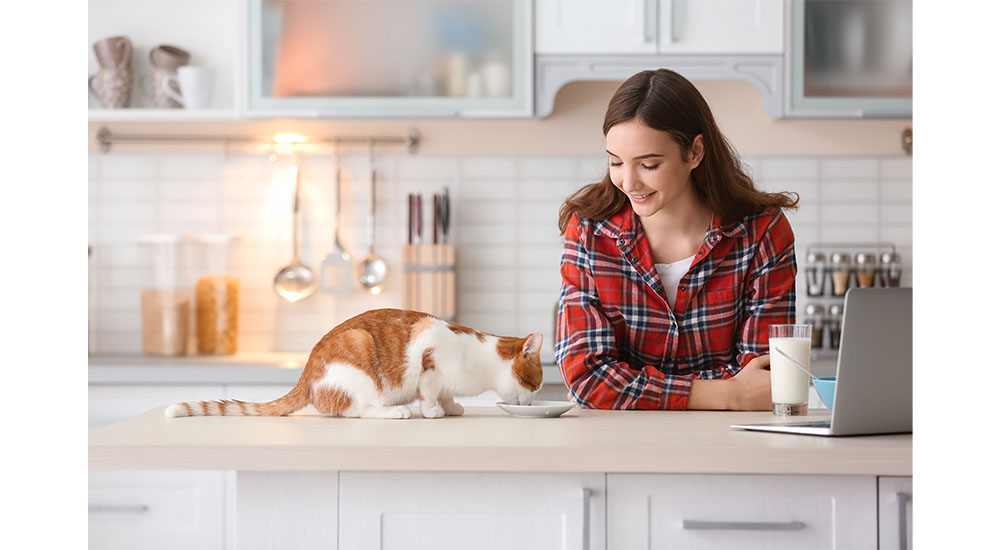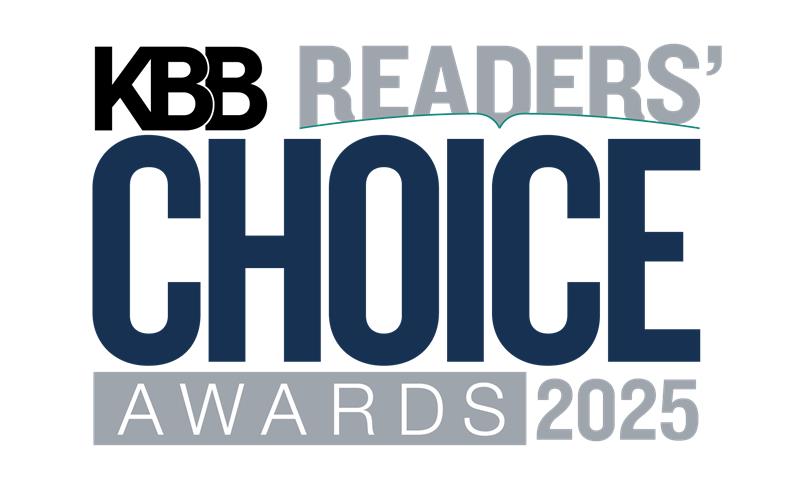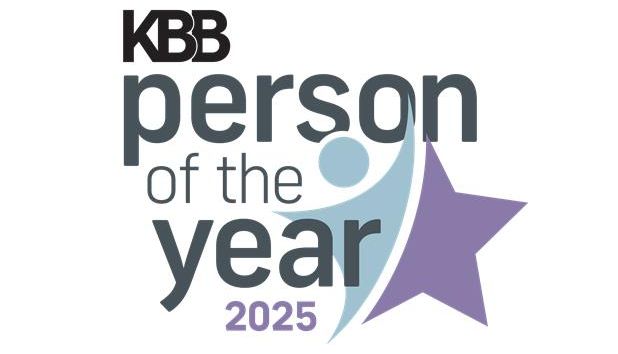Topics at the Voices From the Industry conference at KBIS 2025 were far-ranging. Here are takeaways from two of the sessions – one on designing for pets, the other on designing for accessibility.
Design Has Gone to the Dogs…and Cats!
As the global pet care market skyrockets and pet spaces in the home become more in demand, Candace Rudd, CMKBD, general manager at Two30Nine by Décor, details how to consider our furry family members when planning for a new build or a renovation.
When designing for pets, it is crucial to consider the following:
Physical Needs. Think feeding and sleeping areas in a kitchen or mudroom that are convenient for the pet and owner. Organization is key, and a litter box stored out of sight is in high demand.
Emotional Needs. Comfort is just as important as convenience for pets. Do they want to be in the thick or things? Or would they rather have a safe place to get away if they become nervous? Staying mentally stimulated is also important, so clear floor areas for running and playing and cat trees for climbing are elements to consider.
Safety Needs. Secure storage of medicine, treats and cleaning supplies ensures they can’t get into places they aren’t supposed to. Cord-management systems are one option, as are hiding cords and cables within the furniture.

Pets have pride of place in the home. Photo: Africa Studio – stock.adobe.com
Design Options for Pet-Friendly Spaces
Flooring. Hardwood is lovely, but it can be slippery, so adding area rugs for traction is helpful. Tile and stone are durable and easy to clean, but they can be cold on the paws in winter months. When choosing carpet in a pet-friendly home, go with stain-resistant and low-pile options to ease messes and eliminate pet hair buildup. Vinyl/laminate is affordable, easy to clean and resistant to scratching and stains.
Fabric. Rudd suggest tight weaves like canvas, microfiber and twill; genuine leather instead of the synthetic version; and outdoor fabrics that are colorfast, durable and can be washed.
Technology. Pet cameras allow your clients to monitor and interact with their pets while they are away; some models even have built-in treat dispensers. Automatic feeders and fountains ensure pets are fed and hydrated on schedule. Smart pet doors can be programmed to allow only their pets to come through, based on chip or collar identification. There are even motion-activated fans for litter box areas.
Feeding Stations. These can be integrated into the cabinet design to be kept out of walkways or at the end of a cabinet run. Elevated pet bowls reduce neck strain and promote better digestion. Pot fillers can even be installed as part of these stations for a convenient water source.
Sleeping Areas & Built-in Pet Crates. These can be incorporated into awkward corners, furniture and under the stairs. This is a much more attractive option than the standalone pet beds or pup crates. Pocket doors can save space when incorporating these areas into the design.
Spaces for Bathing & Going Potty. A dog-washing station is a must if your client has the room. Consider installing pullout or in-drawer stairs for the pup to easily climb in and out of the tub or utility sink, as well as a handheld sprayer. To disguise the litter box and give the cat some privacy as she goes, some designers are cutting an entry into a lower cabinet or placing the box in a built-in bench with a lid for cleaning access.
Luxury Accessibility: How to Create Beautiful & Functional Bathrooms for Aging in Place
Carol Chiang, founder and CEO of Evolving Homes, has been an occupational therapist for 25+ years. In her session, she shared how to transform bathrooms into spaces that blend aesthetics with comfort and safety for all individuals.
Chiang noted obstacles as to why certain clients do not want to adopt aging-in-place design considerations into their spaces:
- They are reluctant to change; they have lived in their home for several years without any issues.
- They do not want their space to look clinical.
- They are in denial that they may experience a debilitation in the future.
The designer says it’s important to invest in aging-in-place elements as soon as someone purchases their first home because it makes life easier for everyone living there, it helps plan for unexpected needs, and it increases the home’s value.
 This beautiful and functional tub-to-shower conversion by Evolving Homes features a Best Bath pre-blocked shower, Ponte Giulio path-of-travel grab bars and washcloth holder, WingIts behind-the-toilet grab bar, Invisia dual-purpose grab bars (corner shelf grab bars), Seachrome (toilet paper grab bar) and a bidet seat for optimal toileting hygiene for older adults. Photo credit: Agnes Lopez
This beautiful and functional tub-to-shower conversion by Evolving Homes features a Best Bath pre-blocked shower, Ponte Giulio path-of-travel grab bars and washcloth holder, WingIts behind-the-toilet grab bar, Invisia dual-purpose grab bars (corner shelf grab bars), Seachrome (toilet paper grab bar) and a bidet seat for optimal toileting hygiene for older adults. Photo credit: Agnes Lopez
Learning Objectives for Adopting Design for Living and Aging in Place
Chiang suggests convincing your clients to make small changes as soon as possible. She compares it to planning for a child’s college tuition: They would not prepare for that at the last minute.
Come up with solutions that can cater to a wide range of ages and needs; consider elements that are adjustable and ensure your clients understand how to use them.
Plan for multigenerational needs like a newborn baby, upgrading to a larger home and designing for empty nesters that may want to use former spaces for something new.
Bathroom Design Features for Living & Aging in Place
Secure Handholds/Grab Bars/Reassurance Rails. Whatever you want to call these, there are several options that can be integrated into a toilet paper holder or towel bar – what Chiang calls “hidden-in-place” storage. She also suggests choosing bright colors for these elements or those that look like jewelry for the bathroom.
Toilet Hygiene. Chiang automated toilets and bidets are a solid choice since they can operate themselves. Some feature UV light for germ control, and some eliminate the need for assistance from a caregiver, allowing the user more independence as they go about their private business.
Heat & Warmth. Radiant heat in floors and body dryers fulfill this need for all ages.
Lighting. Several innovative options are available, including Led strips under the bed or along the hallway, motion-activated night lights and toilet seat lights.
Future Technology for Aging in Place
This project category runs the gamut with mind-blowing solutions. Certain scales and bathmats can monitor one’s steadiness and recommend exercises. High-tech toileting can sense a UTI issue by analyzing urine, and passive monitoring can detect vitals and detect gait patterns for fall potential.








